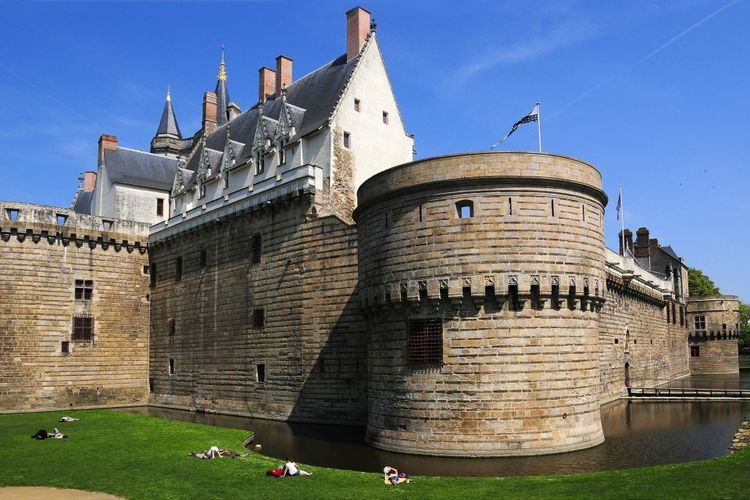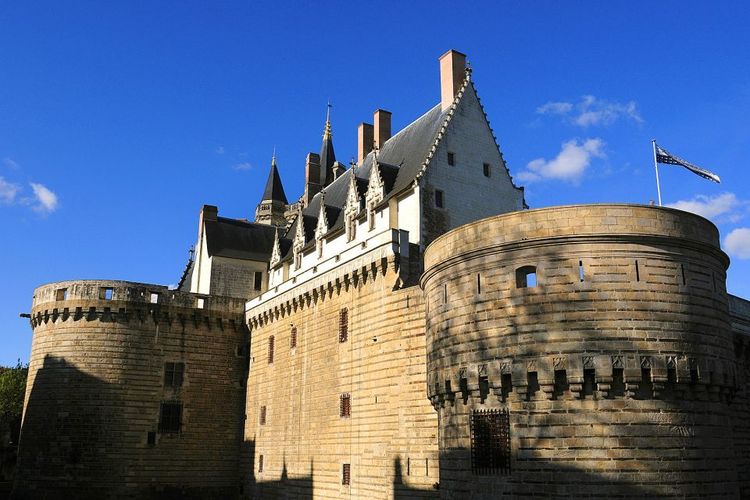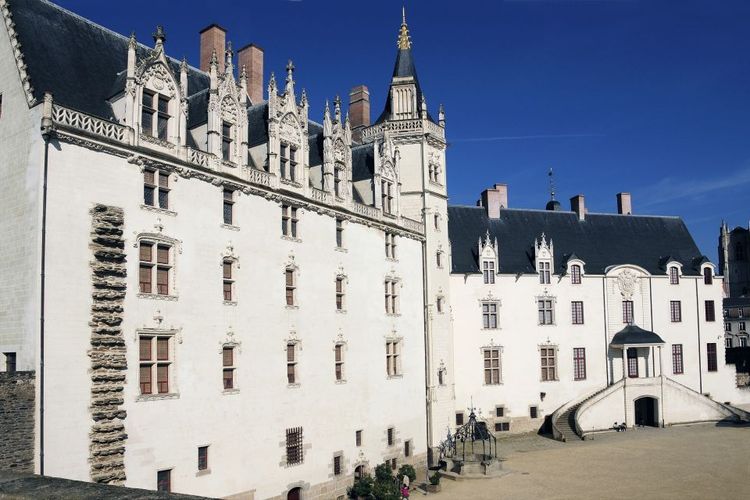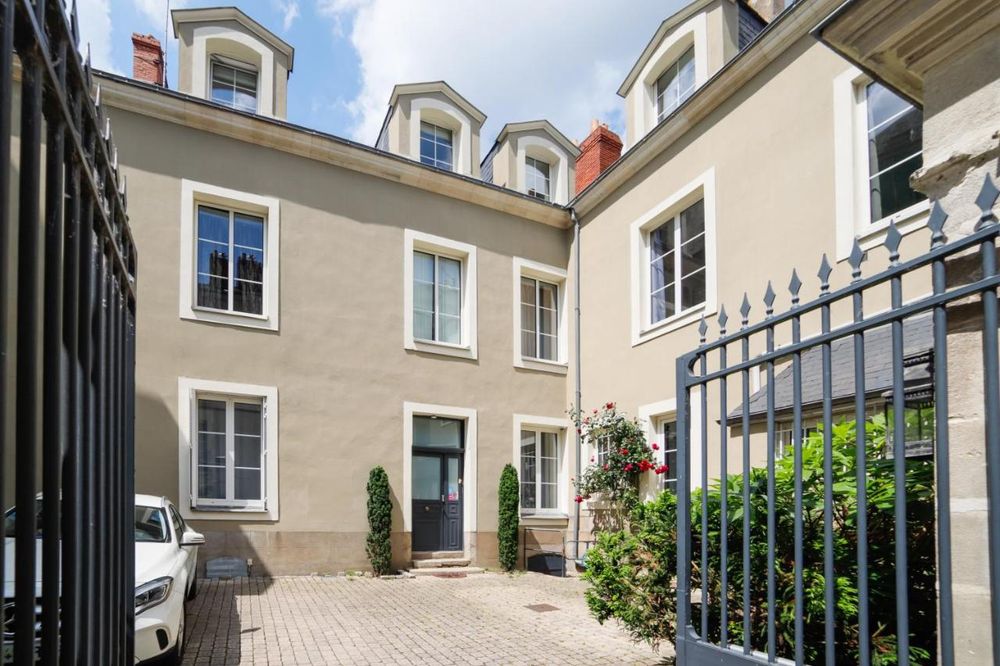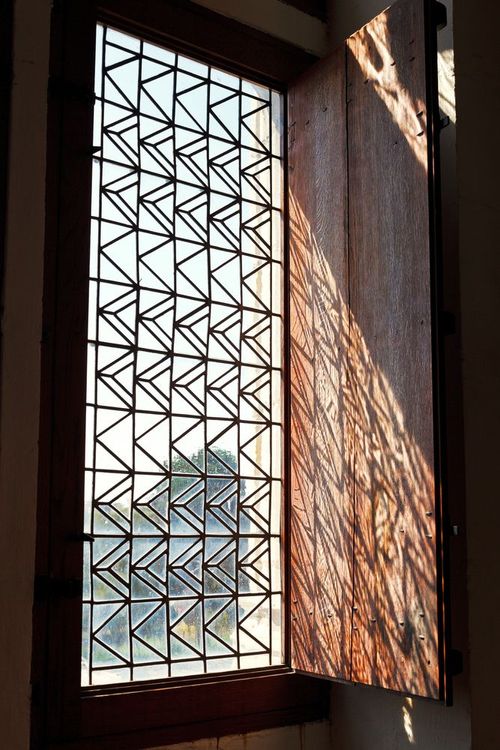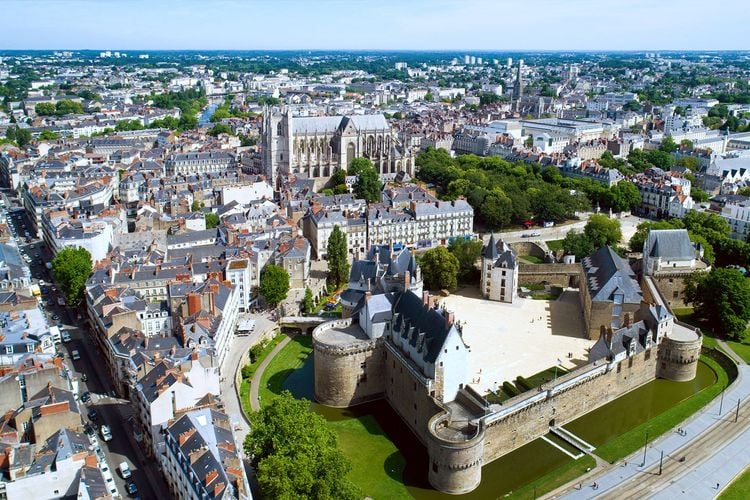Birth
Construction of the Château de Nantes began in the 14th century. All that remains of this period is the tower known as the Vieux Donjon, and at the time the city of Nantes consisted of what is now the Bouffay district. In 1466, François II of Brittany decided to rebuild the castle and erected the imposing ramparts, which were later reinforced by his daughter Anne of Brittany, twice Queen of France through her successive marriages to Charles VIII and Louis XII. During the same period, a white tufa residential palace was built inside (Le Grand Gouvernement, rebuilt under Louis XIV, the Grand Logis and the Tour de la Couronne d'Or), followed by a second, smaller Renaissance-style palace (Le Petit Gouvernement). Their refinement contrasts with the ramparts and reflects the castle's defensive and prestigious role from this period onwards.
